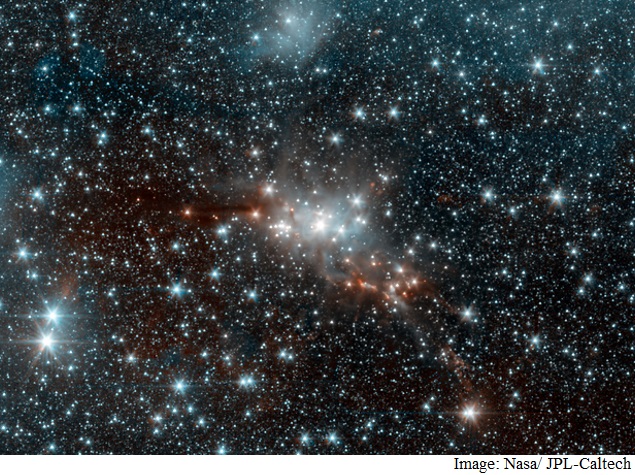Nasa Looks to Machine Learning to Faster Identify Stars
Advertisement

Nasa astronomers are now turning to a method called "machine learning" to help them understand the properties of large numbers of stars.
The research is part of the growing field of machine learning, in which computers learn from large data sets, finding patterns that humans might not otherwise see.
"With 'machine learning', computer algorithms can quickly flip through available stacks of images, identifying patterns that reveal a star's properties," the US space agency said in a statement.
The technique, that essentially works in the same way as e-mail spam filters, has the potential to gather information on billions of stars in a relatively short time and with less expense.
"It is like video-streaming services not only predicting what you would like to watch in the future, but also your current age, based on your viewing preferences," said lead author Adam Miller of Nasa's Jet Propulsion Laboratory in Pasadena, California.
Advertisement
But before the machines can learn, they first need a "training period."
Miller and his colleagues started with 9,000 stars as their training set.
Advertisement
They obtained spectra for these stars which revealed several of their basic properties: sizes, temperatures and the amount of heavy elements, such as iron.
The varying brightness of the stars had also been recorded by the Sloan Digital Sky Survey, producing plots called light curves.
Advertisement
By feeding the computer both sets of data, it could then make associations between the star properties and the light curves.
Once the training phase was over, the computer was able to make predictions on its own about other stars by only analysing light-curves.
"We can discover and classify new types of stars without the need for spectra, which are expensive and time-consuming to obtain," Miller added.
The team's next goal is to get their computers smart enough to handle the more than 50 million variable stars.
The report was published in the Astrophysical Journal.
For the latest tech news and reviews, follow Gadgets 360 on X, Facebook, WhatsApp, Threads and Google News. For the latest videos on gadgets and tech, subscribe to our YouTube channel. If you want to know everything about top influencers, follow our in-house Who'sThat360 on Instagram and YouTube.
Further reading:
Nasa
Advertisement
